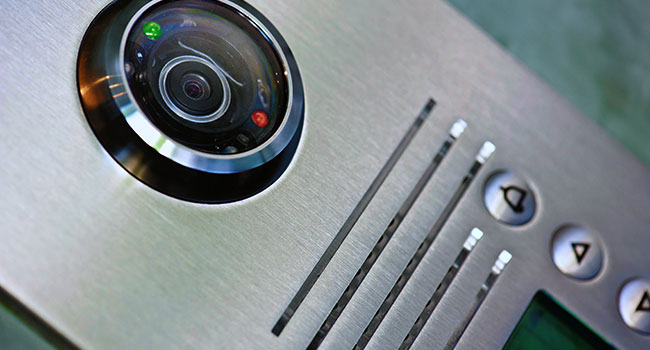
Not only can a visitor management system heighten security and safety—mainly by vetting visitors before they’re permitted to enter a facility—it also can help campuses be compliant with occupancy levels dictated by fire codes and other regulations.
- By Josh Gerena
- September 18, 2023
Active shooter solutions company Omnilert recently announced a partnership with Evolv Technology on Evolv’s newest product, Evolv Extend, according to a news release. Evolv Extend uses Omnilert’s open platform and flexible monitoring capabilities to determine where to send detection alerts for brandished weapons.
- By Matt Jones
- September 08, 2023
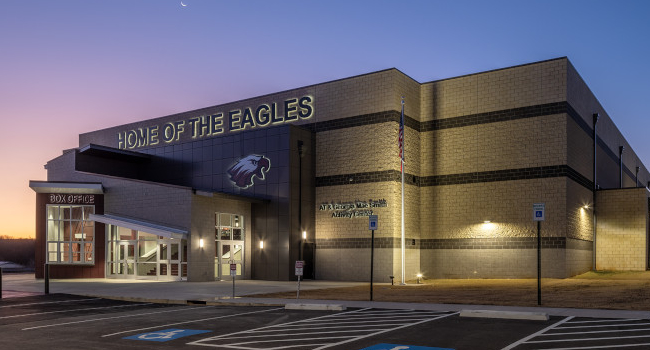
As an integral part of the Huntsville (Arkansas) School District’s future sports complex, the new activity center serves as the hub for student activities across the district. Located on a remote site that’s home to the Huntsville Eagles Sports Complex, it is the future location that will house the district’s football and track stadium, baseball facilities, activity center, and other buildings that will be used to host activities and high school graduations.
NC State University One Card offices face tough challenges trying to serve tens of thousands of students, faculty and staff. Every person needs an ID card to access various aspects of campus life, from entering residence halls and other buildings to linking to debit accounts and proving student status to participate in university activities. One Card office challenges include improving printer efficiency, reducing card waste, and eliminating the hassles of having to visit one central location to pick up cards.
- By Kratika Sangal
- August 14, 2023
For many businesses, remotely accessing, monitoring, and managing their video management system (VMS) deployments can be a daunting task.
- By Matt Jones
- June 14, 2023
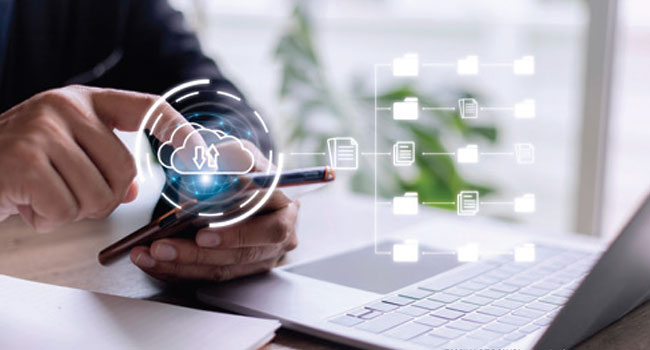
Only a few years ago, the idea of moving to the cloud was met with guarded optimism. But today, the shift is becoming more of a reality. An increasing number of campus organizations, whether corporate or higher education, are starting cloud migrations.
- By Kris Houle
- May 15, 2023
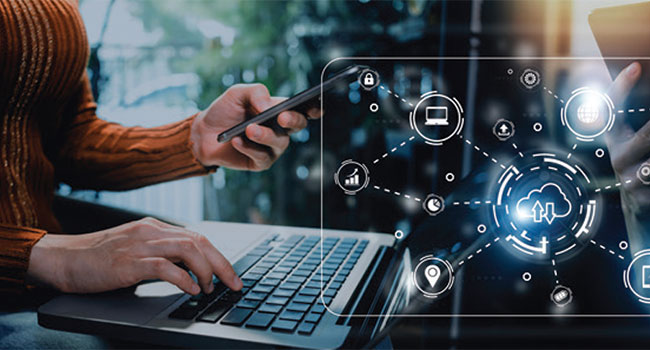
As campuses prioritize security upgrades, many are looking to replace standalone technologies with systems that work together as a cohesive solution. While investigating options, decision-makers will ultimately reach a fork in the road.
- By Alex Walthers
- March 16, 2023
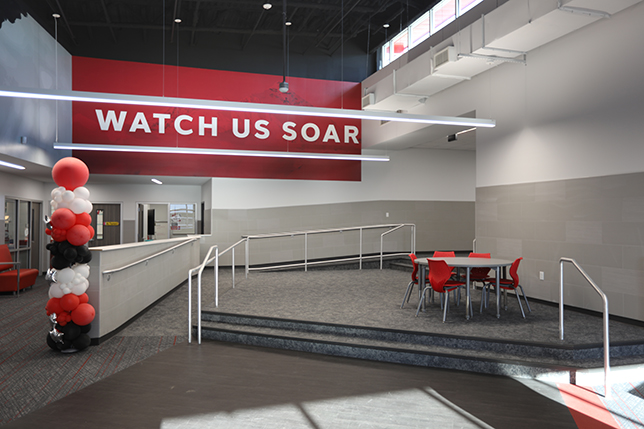
The Carrollton-Farmers Branch Independent School District (CFBISD) community has a rich history of investing in the school system. While the district had previously upgraded school buildings and security over the years, the CFBISD team knew it was time to re-assess and enhance safety measures.
Singlewire Software recently announced that it has acquired Visitor Aware, a tool that adds visitor and student management functionality to the company’s existing suite of emergency notification and incident management solutions, according to a news release.
- By Matt Jones
- February 01, 2023

Today’s learning environments are radically different than those of last year and require flexible and interactive technology for adapting campus spaces to new ways of learning.
- By Darryl Krall
- May 23, 2022